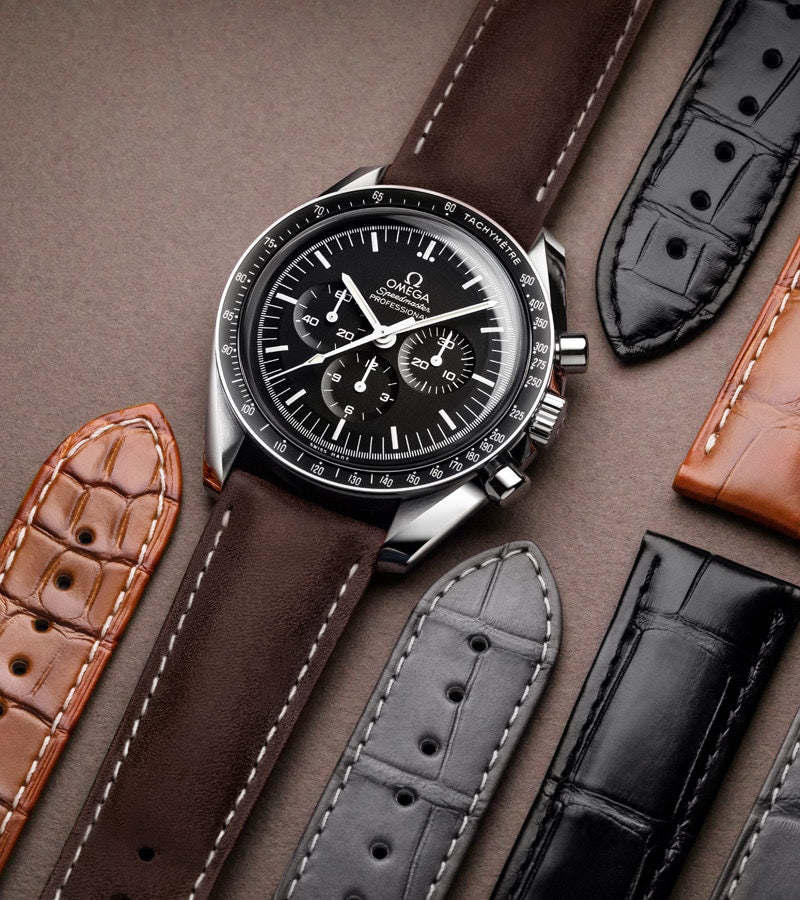
The History of Omega: From Pocket Watches to the Moon and Back
Share

Omega isn’t just another watch brand. It’s one of those names that feels like it’s always been around. Even if you’re not deep into watches, you’ve probably heard of them. But how did Omega go from a small Swiss workshop to timing the Olympics and riding to the Moon on the wrist of astronauts Let’s take a walk through their story. It all started in a small Swiss town Back in 1848, a 23 year old watchmaker named Louis Brandt started putting together pocket watches in La Chaux de Fonds, Switzerland. He wasn’t running a big factory. Just a small workshop, building each watch by hand, sending them out to customers all over Europe. After Louis passed away in 1879, his two sons took over. They moved the operation to the town of Biel Bienne, and this is where Omega really started to find its stride. The name Omega comes from a movement In 1894, the company developed a new movement called the Omega calibre. It was precise, easy to repair, and ahead of its time. It became so successful that the company decided to name the whole brand after it. Not a bad move at all. Omega becomes the official timekeeper By the 1930s, Omega had built a reputation for accuracy. That led to them being chosen as the official timekeeper for the Olympic Games in 1932. They have held that role for most Olympics ever since. That is a lot of medals timed down to the hundredth of a second. The Moon connection The 1960s brought one of Omega’s biggest moments. NASA was looking for a watch that could handle the brutal conditions of space. After intense testing, the Omega Speedmaster came out on top. In 1969, Buzz Aldrin stepped onto the Moon wearing his Speedmaster. That made Omega the first watch brand to land on another world. James Bond and beyond In the 1990s, Omega became the watch of choice for James Bond, starting with Pierce Brosnan in GoldenEye. The partnership stuck and the brand has been featured on Bond’s wrist ever since. Why Omega still matters today Omega’s history is packed with innovation, from the co axial escapement which makes movements last longer between services, to anti magnetic technology. But the real magic is that their watches still feel like tools, not just jewelry. Whether you are wearing a classic Seamaster or a Speedmaster, it is a nod to a long line of craftsmanship, exploration, and style. From a small Swiss workshop to timing the fastest humans on Earth and even walking on the Moon, Omega’s story is one of those rare cases where the legend is matched by the reality.






